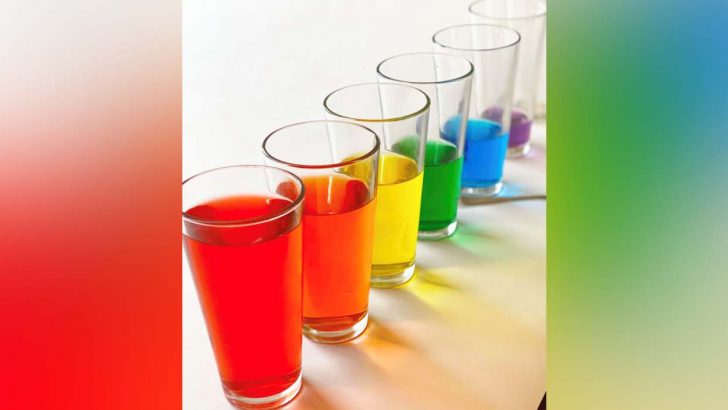Children’s Corner
The oldest evidence of the use of musical instruments dates back tens of thousand of years ago, with ancient flutes often discovered carved out of bone. Humanity has certainly come a long way since then in terms of technological advances in music and instruments.
Now a person just needs a computer to recreate the sounds of hundreds of instruments digitally and music software continues to advance and adapt as musicians try to find unique and ground-breaking sounds to thrill audiences.
With new musical gadgets and software coming on stream seemingly daily, it’s worthwhile to go back to basics to truly understand some of the basics about music and sound waves. For instance, have you ever tried making music with glasses or bottles filled with water? Your favourite band may have never given this a try. Experiment with your own special sounds by turning glasses of water into instruments, make some music and find out how it works.
Apparatus
- Five or more glasses or glass bottles of the same size
- Water
- A wooden stick such as a pencil
Method
– Line the glasses up next to each other and fill them with different amounts of water. The first should have just a little water while the last should be almost full. The ones in between should have slightly more than the last.
– Hit the glass with the least amount of water and observe the sound, then hit the glass with the most water, which makes the higher sound?
– Hit the other glasses and see what noise they make, see if you can get a tune going by hitting the glasses in a certain order. You can put food colouring in the water to help differentiate between the glasses and the sounds they make.
What’s happening?
When you tap the glass of water with a pencil the water molecules vibrate and create sound waves through the water. More water means slower vibrations and a deeper tone. The bottle with the most water will have the lowest pitch while the bottle with the least water will have the highest.
Pitch is the way your ear and brain order sounds based on their frequency (vibrations per second). Rapid vibrations (high frequency) that reach your ear are categorized as a ‘higher’ pitch, while slower vibrations (low frequency) are categorised as a ‘lower’ pitch.
Sound travels about four to five times faster in water than in air. So, water is actually affecting the speed at which the sound waves are traveling and vibrating.
Now all there is left to do is start making some music on your hand-crafted musical instrument and impress your friends and family.


 Chai Brady
Chai Brady
